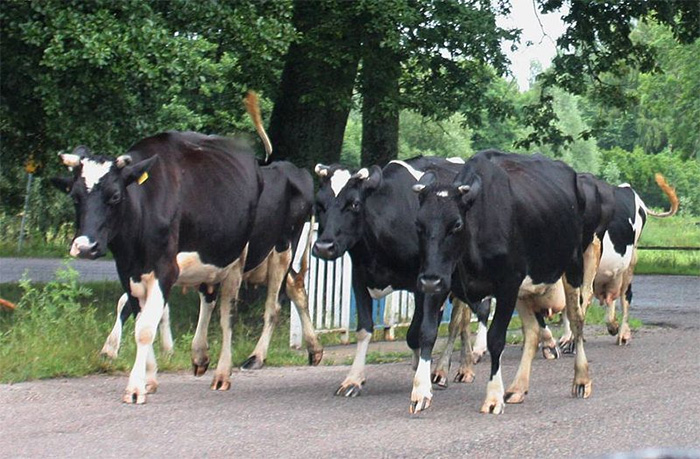
The dairy industry in Poland provides plenty of investment opportunities to those players who have the right strategy, according to a recent report from Rabobank – Poles Apart. While production has increased at farm level, further investment is needed to realise Poland’s full potential after the removal of production quotas in 2015. At the processor level, consolidation and improvements in efficiency would provide opportunities to tap into domestic and export markets.
At the consumer level, domestic dairy consumption is still well below EU averages, so there is further potential still for investment. However, the industry’s natural suspicion towards foreign companies may require a change in how outside players operate. This could mean forming a partnership or acquiring domestic businesses rather than dropping a foreign model into the existing market.
“The abolition of milk quotas in the European Union (EU) from April 2015 will be a watershed moment for the EU dairy industry, with an expected supply increase of 7 to 8 percent by 2020” states Rabobank analyst, Matthew Johnson. “Favourable conditions for milk production in Poland, together with a comparatively underdeveloped domestic market, give it an advantage over other EU countries”.
Since joining the EU in 2004, Poland has already become one of the largest milk producers in the EU. It is well suited to milk production due to low land, feed and labour costs, good infrastructure, and potential for grassland development which does not have the same pressure from urban land development as other parts of Europe. The informal dairy sector is also still considerable in Poland, but the 2015 quota lift will see these farms absorbed into the formal sector which in turn are expected to expand quickly without quota impediments.
While continued consolidation at the farm level will be required to move the Polish dairy industry forward, barriers remain. Land availability is restricted by landowners unwilling to sell land which is perceived as an insurance policy, thereby restricting farm consolidation. The current fragmented supply chain also requires consolidation in order for production to concentrate on larger, more efficient farms, and increase average yields per cow and labour efficiency per employee.
Another challenge is overcoming the trust issues local farmers have with international dairy players. Similarly, consumer suspicion still exists of anything without a recognisable Polish name.
In this context, opportunities exist for outside players to tap into Poland’s dairy industry potential by partnering with domestic players to support consolidation and technological advances and knowledge-sharing.
There is also the possibility of looking at Poland as a milk supply base for external processing, rather than a market to develop; particularly as domestic consumption of products such as liquid milk continues to decline as they have done elsewhere in Europe. For example, importing milk to turn into cheese rather than importing the finished product. Opportunities will be realised by those outside companies that look to adapt their methods and partner with domestic companies in the Polish dairy supply chain.
